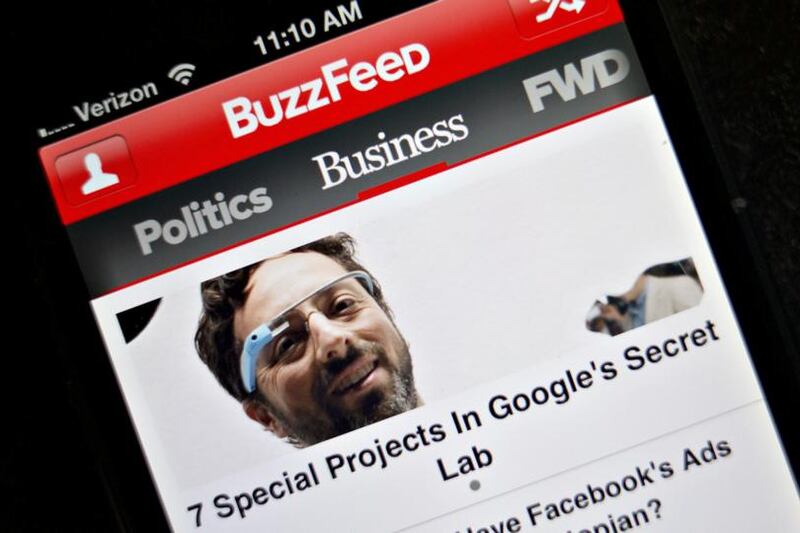The Public Health (Alcohol) Bill has been doing the legislative rounds for some time now and the debate hasn’t quite reached closing time. Certainly, there’s little sign of the related lobbyists slinking off home, defeated, just yet.
Controversy swirling around the Bill, published by then minister for health Leo Varadkar in late 2015, has to date zeroed in on the minimum pricing regulations, which it is argued is a flawed and unfair mechanism to reduce alcohol-related harm. More recently, whether or not the word "cancer" should be part of the health warning labelling requirements, has divided political opinion.
The Bill, which is as clear-headed in its ambition as it is fuzzy on practicalities, also proposes restrictions on when, where and how alcohol can be advertised. Should they see the cold light of day, these have the capacity to have a sobering effect on both the drinks sector and the media.
One 2017 report by economist Jim Power claimed they could result in the loss of €20 million a year in ad income, with €11 million lost from out-of-home advertising, €7 million from broadcasting and €2 million from print.
This report was commissioned by RTÉ, TV3, Eir Sport, News Brands Ireland, the Independent Broadcasters of Ireland, TG4, the Institute of Advertising Practitioners in Ireland and the Outdoor Media Association.
The out-of-home sector's concerns are well-founded given proposed curbs such as the banning of alcohol ads from public transport, train and bus stations, public parks and within 200 metres of schools and creches. The drinks sector is rather fond of billboards: the biggest out-of-home advertiser in Ireland in 2017 was Guinness-owner Diageo. It has taken this title every year since 2009, save one.
Reprieve
Before the Bill was introduced, there was an important reprieve for the drinks industry and events organisers alike when it was decided there would be no attempt to prevent drinks companies from sponsoring sports tournaments or cultural festivals. At this point, the conversation moved on to how awkward it would be for advertisers to “leverage” their sponsorships, the threat being that they might just give up and go home.
Big Alcohol, represented by the Alcohol Beverage Federation of Ireland (ABFI), then scored headlines last September with a sad video lamenting that “the iconic Christmas Guinness ad” would effectively be banned, as drink ads wouldn’t be allowed contain people, animals, any “storyline” or action sequences beyond the production process, any location beyond the manufacturing premises or – gasp – “scenes of conviviality”.
This was certainly one interpretation of the Bill, which rather than declaring straight out that drink ads must be people-less or animal-less, states that an advertisement for alcohol “shall not contain anything other than” an image of the product, the brand name, a health warning and some other stuff, including reference to the place of origin and production method.
‘Story’
It is hard to imagine, however, that the best creative brains tasked with making television and cinema ads for the likes of Diageo would somehow be so drained of their ingenuity that they couldn’t find a way to live with such limitations and still tell their client’s “story”.
Alcohol advertising is already meant to adhere to the industry’s self-regulated code, which states that ads shouldn’t imply that alcohol can improve physical performance or “personal qualities or capabilities”, nor should they suggest that drinking can “contribute towards sexual success”. That this sounds like every alcohol ad ever – except for all those Guinness ones with horses – must be my mistake.
Existing boundaries are flirted with all the time. Sometimes there are knockbacks. Witness Budweiser’s signing of Conor McGregor for its “Dream Big” ad, which was rejected by RTÉ and later banned by the Advertising Standards Authority of Ireland on the basis that McGregor was a hero of the young. See also Diageo’s experiments (since paused, after UK watchdog criticism) with Snapchat, the social media platform popular with under-18s.
Ironically, being told that a Guinness ad is “iconic”, with the related implication that the brand is integral to Irish cultural identity, is exactly the kind of drinking culture that proponents of the Bill would like to dismantle.
Cul-de-sac
And here’s the thing: pointing out that a social ill is actually an amazing contributor to the economy, and implying nothing should be done to jeopardise this, is a cul-de-sac of a rebuttal. Life-saving public health crackdowns on cigarettes have cost hundreds of thousands of jobs over the decades, but few people would mourn that loss of employment.
So ignore words like "draconian" and "punitive" – the only real arguments here are whether the social ill in question is the social ill as described and whether the proposed measures are likely to combat it. This is the bit where everyone starts talking about France, which has a total ban on television and cinema ads for alcohol.
The drinks industry maintains that the 1991 French law, the Loi Evin, has been ineffective in reducing consumption. It has, nonetheless, been bothered enough by it to repeatedly challenge its provisions.













